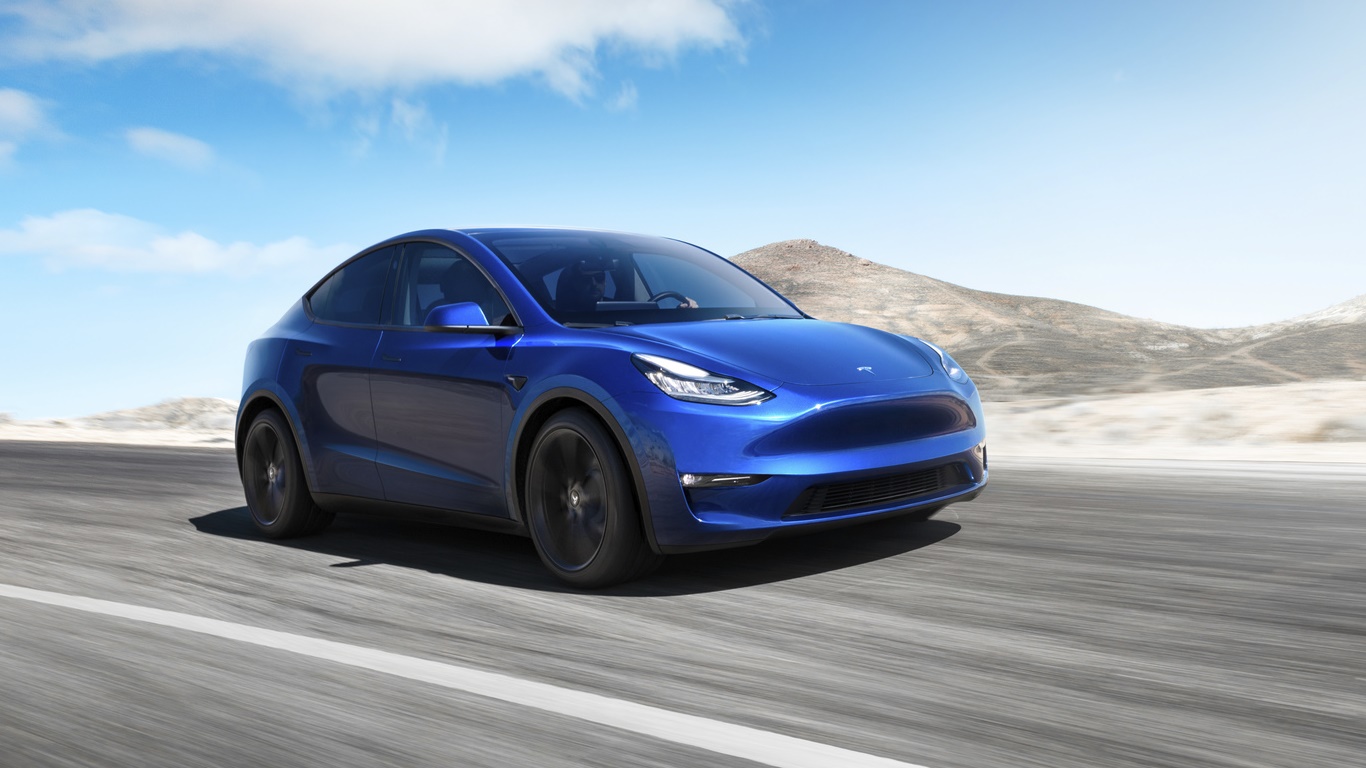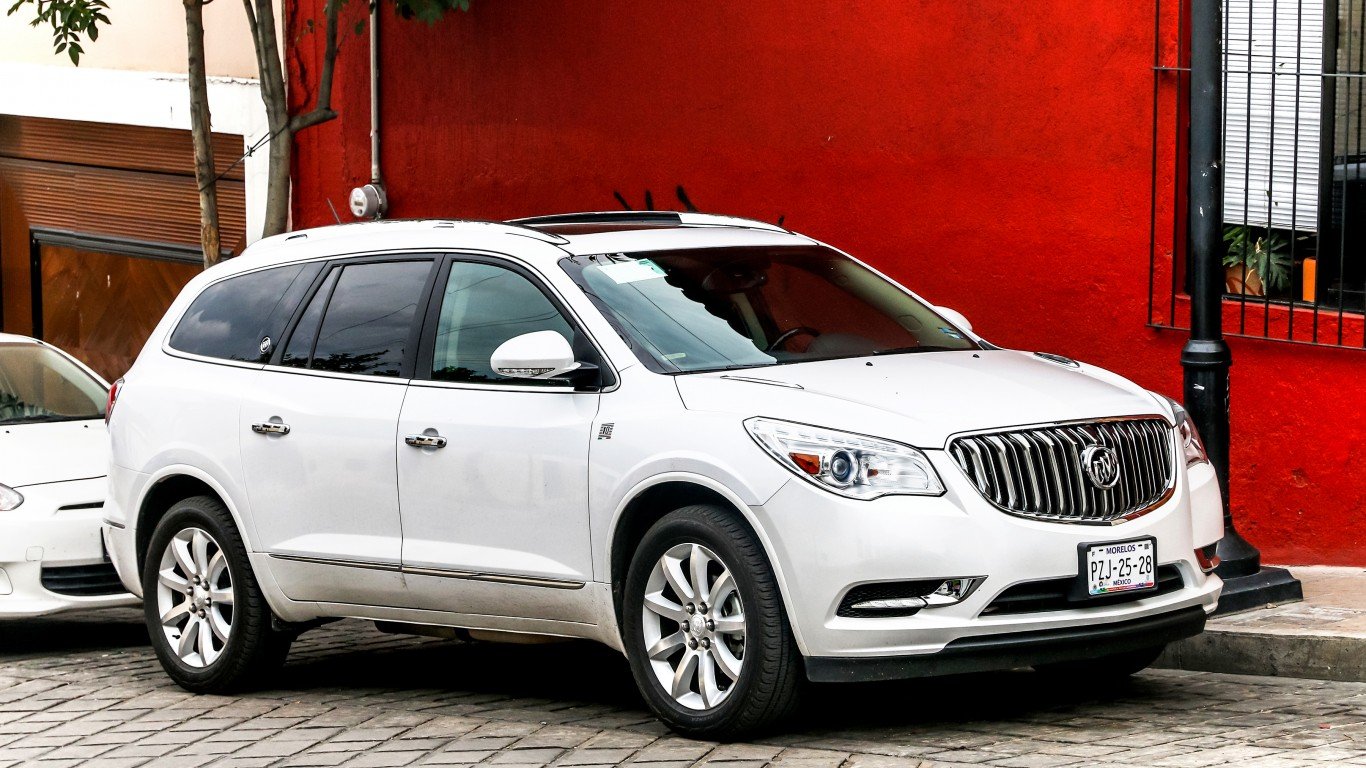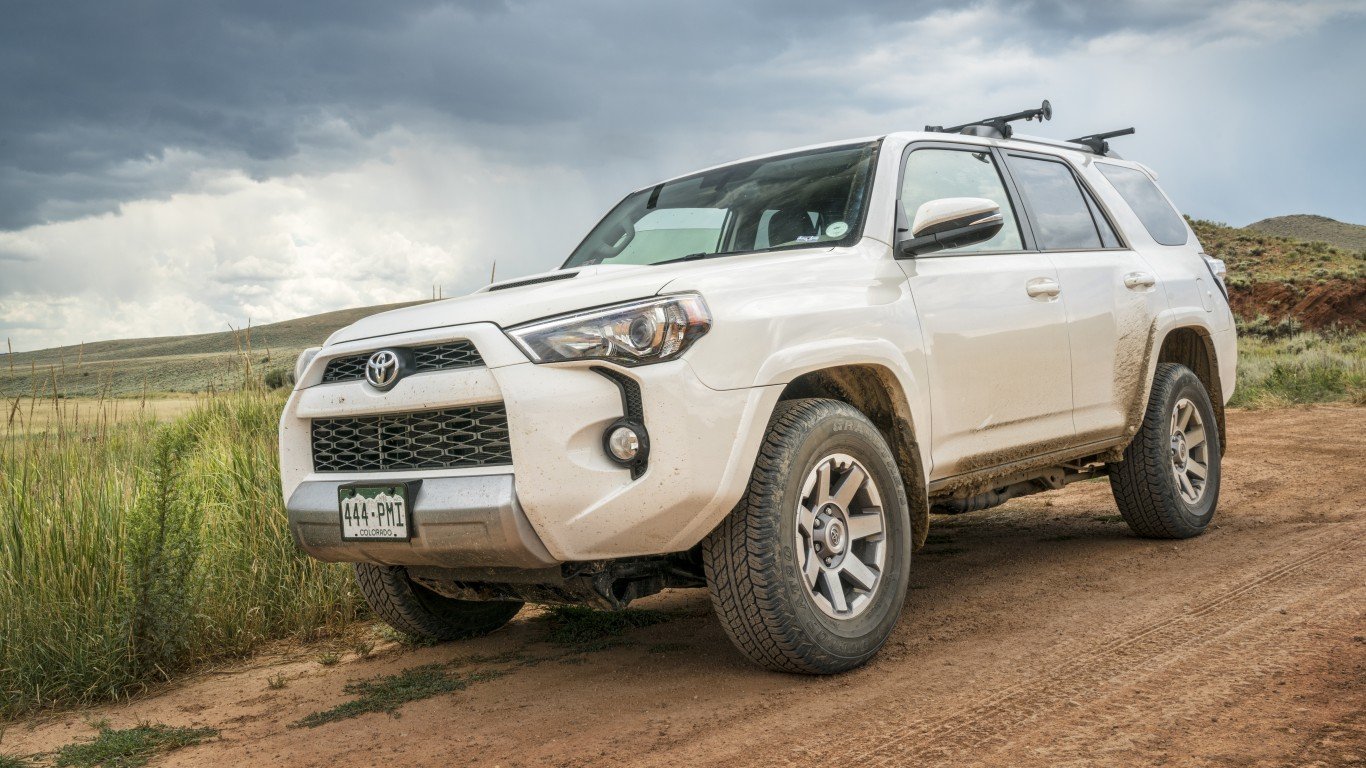

Tesla became one of America’s hottest investments when its market capitalization rushed by those of much larger car companies General Motors and Ford. They produced millions of cars to Tesla’s tens of thousands. That process has started to reverse itself, particularly in the past weeks. In the past five days, GM’s stock has risen more than 3% and Tesla’s is down over 4%. And Tesla’s market cap has dropped to $47 billion while GM’s has risen to $54 billion.
The most immediate cause of the reversal is terrible production numbers from Tesla, which were well below most expectations. Tesla delivered 50,200 cars in the first quarter. JPMorgan analyst Ryan Brinkman summed up the sentiment, “Tesla’s (Q1) vehicle production and deliveries report was substantially worse than expected.” After Tesla’s announcement, the stock fell 9%, though it has recovered modestly since.
Tesla’s other challenge continues to be its chief executive and founder, Elon Musk. His battle with the U.S. Securities and Exchange Commission over tweets was back in court last week. A judge has told the agency and Musk that they should attempt to settle their differences without the court. Not until next week will it be known whether that has worked out. In the meantime, very few investors think it is good for a public company CEO to be at odds with the top federal regulator of public companies.
The fact that GM’s market cap has moved ahead of Tesla’s is not just due to the electric car company’s problems. GM CEO Mary Barra has done what Wall Street thinks is an unusually good job preparing for an uncertain future. U.S. cars sales have topped 17 million for an unprecedented three years straight. A recession would end that. GM is tied with Volkswagen as the top car producer in the world’s largest car market: China. However, car sales in that country contracted in 2018, the first time it has happened in over two decades. Even if GM holds its market share in the world’s two largest car markets, it may find that falling sales mean it has too much manufacturing capacity. Barra already has started to trim that capacity in the United States.
GM also has to contend with the fact that it faces a future that may not be dominated by internal combustion, human-driven cars. Tesla’s electric cars already have shown the appetite of this mode of engine. GM has entered the market with its Chevy Bolt and says its fleet will add more and more electric-powered cars. Self-driving cars, according to research and industry sentiment, should soon start to become a large portion of the modern global passenger car fleet. GM has large initiatives to create its own products, as does Tesla. They are up against an army of competitors, which range from Google to small software companies to other auto giants. GM is considered well along its way to being competitive in these markets.
Tesla’s market cap rests firmly on sales now. It is no longer just a development stage company. Whether its market value can rise above GM’s again will depend in large part on whether it can prove people still want its cars in rising numbers.
Thank you for reading! Have some feedback for us?
Contact the 24/7 Wall St. editorial team.
 24/7 Wall St.
24/7 Wall St.


